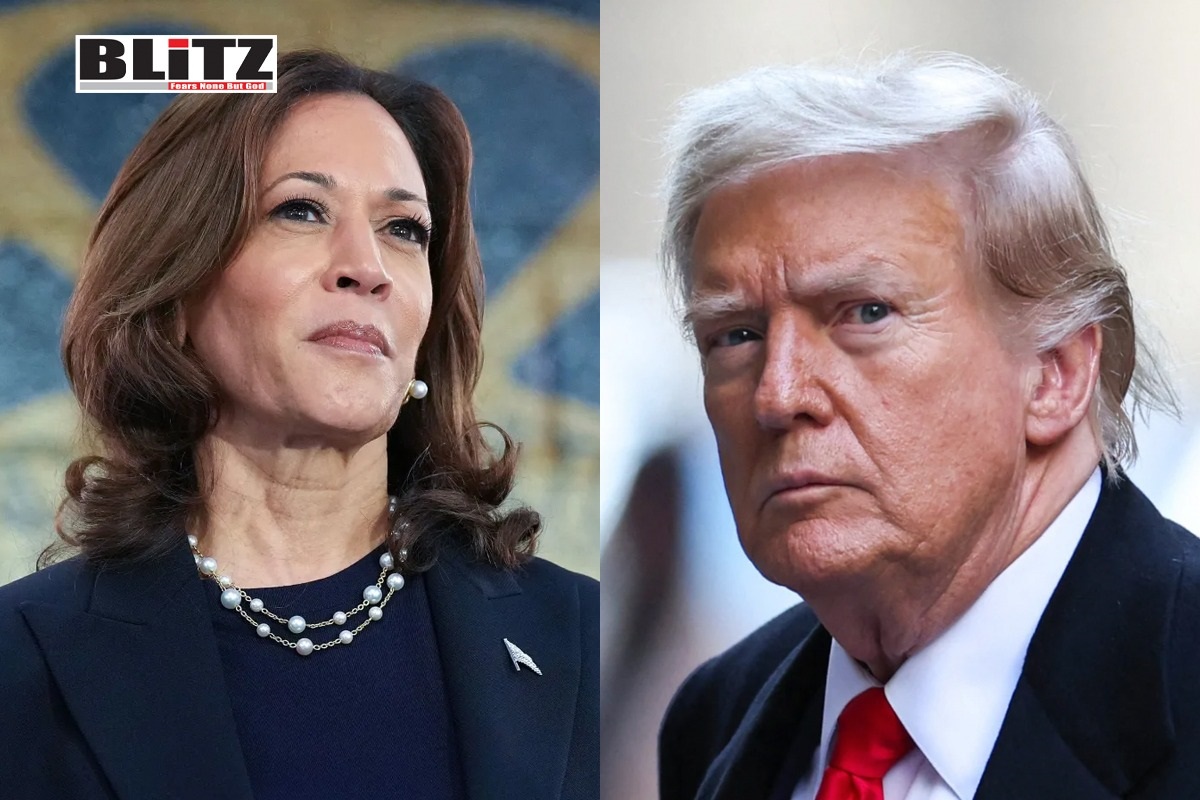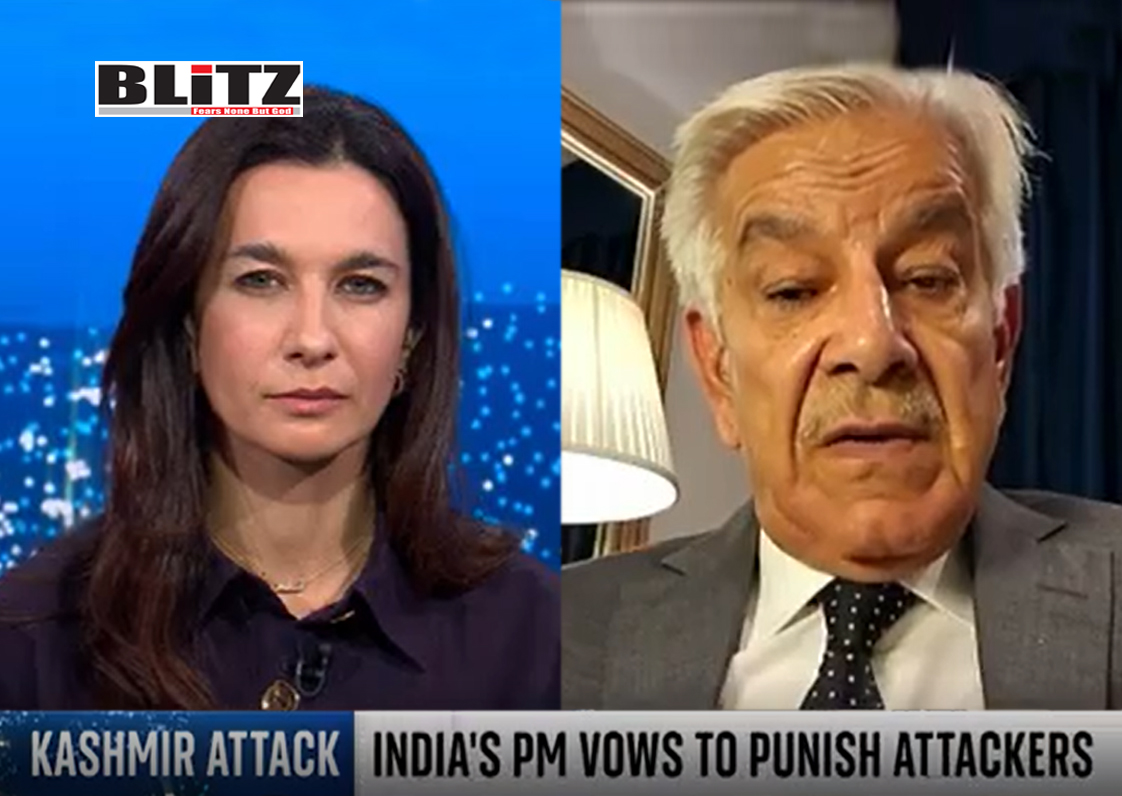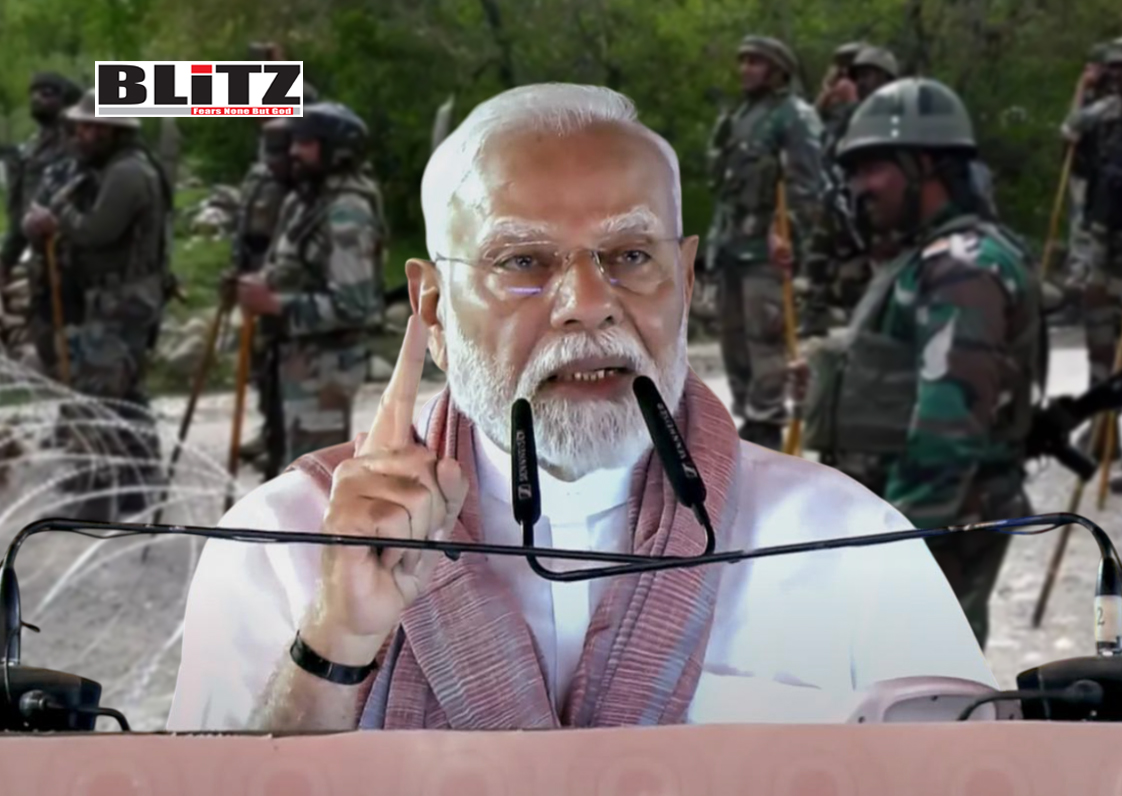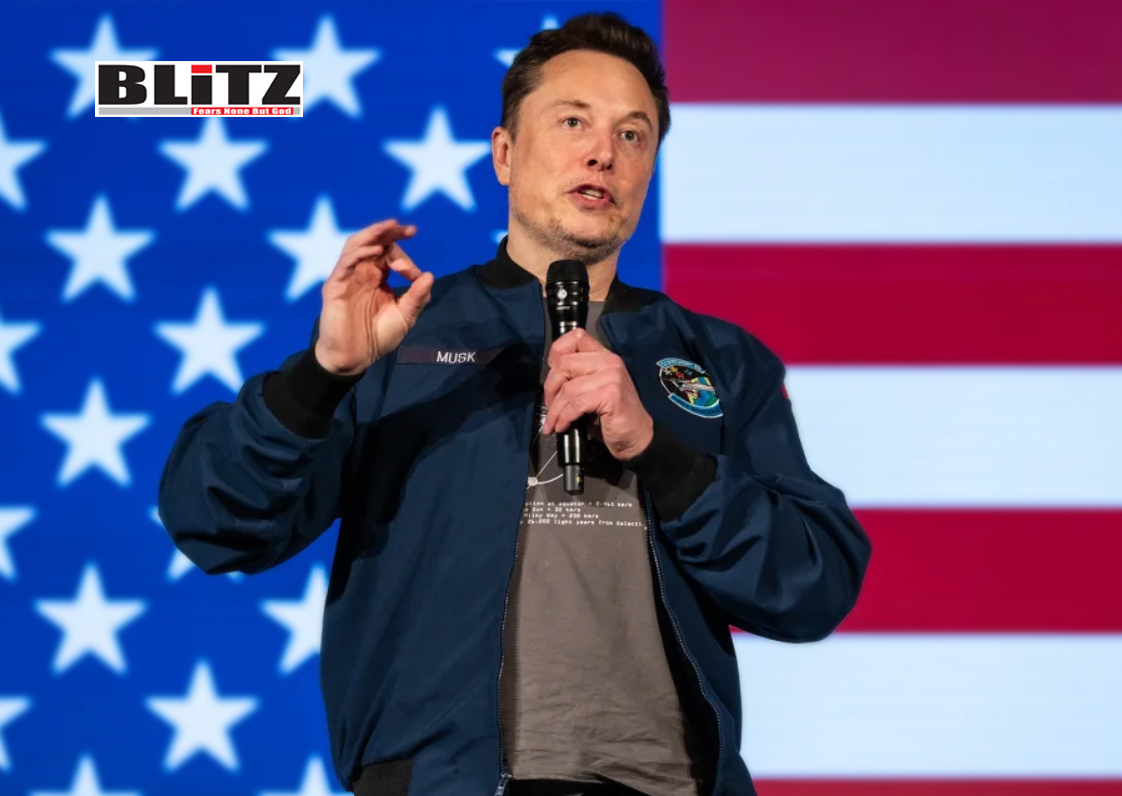Trump and Harris target low-income voters
- Update Time : Tuesday, September 3, 2024

As the November 5th presidential election approaches, both Donald Trump and Kamala Harris are crafting economic messages rooted in populism to attract the American electorate, particularly low-income voters. Populism, which appeals directly to the general populace while positioning itself against perceived elite interests, has become a central theme in the economic rhetoric of both candidates. This strategy is especially significant as low-income voters, who make up a crucial portion of the electorate, could potentially decide the outcome of the election.
In the 2020 presidential election, low-income voters accounted for about 35 percent of the 168 million eligible voters. As this demographic becomes increasingly important in the 2024 election, campaign experts estimate that low-income voters could represent up to 7 percent of the undecided electorate. This segment is particularly influential in industrial states like Pennsylvania, where economic downturns and job losses have had severe effects on local communities. Given the significance of this group, both Trump and Harris have shifted their campaign messages to address their concerns directly.
Historically, presidential campaigns have focused on the middle class, with promises of tax cuts, job creation, and other benefits aimed at this broad demographic. However, the 2024 election cycle has seen a notable shift, with both candidates emphasizing the economic needs of low-income Americans. This shift reflects a broader understanding that the traditional middle-class voter is no longer the sole key to electoral victory. Instead, candidates must appeal to those who feel marginalized or left behind by the current economic system.
Two prominent examples of populist economic messaging in the 2024 campaign are Trump’s proposal to eliminate taxes on tips and Harris’s commitment to subsidized housing and a federal ban on price gouging for essential goods like food.
Trump’s no-tax-on-tips policy has been a central theme in his campaign, framed as a common-sense solution to help tipped workers, many of whom are among the lowest-paid in the country. Trump has positioned this policy as a way to directly increase the take-home pay of servers, bartenders, and other tipped employees, many of whom are single mothers or individuals without college degrees. According to Trump, this proposal was inspired by a conversation with a restaurant owner who lamented the high taxes on tips-a personal anecdote that reinforces his image as a businessman who understands the needs of working Americans.
In contrast, Harris has focused on broader economic reforms aimed at alleviating the burdens faced by low-income Americans. Her proposals include subsidized housing to address the affordable housing crisis in urban areas and a federal ban on price gouging for essential goods. These policies are designed to address the immediate economic concerns of low-income Americans, particularly in regions where the cost of living has skyrocketed.
While both candidates’ proposals are designed to resonate with low-income voters, they face significant challenges in terms of implementation.
Harris’s policies, such as capping grocery prices and providing federally subsidized housing, involve complex coordination between federal, state, and local governments. For example, many states and cities already have laws in place to regulate food price increases, making the implementation of a federal ban on price gouging a potentially contentious issue. Moreover, the success of subsidized housing initiatives often depends on local government regulations, zoning laws, and building codes. These factors could complicate the rollout of Harris’s proposed policies, raising questions about their feasibility.
Trump’s no-tax-on-tips proposal, while simpler in concept, also carries risks. Critics argue that the policy could lead to reduced tax revenues, an increased budget deficit, and the possibility of tax evasion. Additionally, the policy might bolster the cash economy, although the widespread use of credit transactions for tipping could mitigate this effect. Congressional approval would be necessary for the policy to become law, and its impact on federal and state budgets could complicate enforcement of minimum wage laws across different states.
As the election draws nearer, the economic messages of both Trump and Harris are likely to play an increasingly central role in their campaigns. Both candidates are vying for the support of low-income voters through their populist rhetoric, seeking to resonate with those who feel left behind by the current economic system.
Harris’s emphasis on issues like subsidized housing and price gouging reflects her attempt to address the immediate economic concerns of low-income Americans, particularly in urban areas where the cost of living has skyrocketed. However, her policies face significant hurdles in terms of implementation, as they would require substantial coordination between federal, state, and local governments. Moreover, her shift toward Trump’s no-tax-on-tips policy may indicate a strategic move to appeal to a broader base of voters, but it also opens her up to criticism for lacking originality in her policy proposals.
Trump’s approach, meanwhile, is grounded in his persona as a businessman who understands the needs of working Americans. His proposal to eliminate taxes on tips is part of a broader strategy to position himself as the candidate who can deliver practical, straightforward solutions to the economic challenges facing the nation. However, this approach also carries risks, particularly in terms of its impact on the federal budget and the potential for unintended consequences, such as tax evasion and increased budget deficits.
With low-income voters representing a potentially decisive demographic, the 2024 presidential race has seen a significant shift in economic messaging. Both Trump and Harris are doubling down on their populist rhetoric, seeking to resonate with those who feel left behind by the current economic system. Whether through Trump’s no-tax-on-tips proposal or Harris’s focus on subsidized housing and price gouging, the battle for the support of these voters will play a crucial role in determining the outcome of the election. As the candidates continue to refine their messages and proposals, the success of their populist economic strategies may ultimately hinge on their ability to address the complex challenges associated with implementation while effectively communicating their vision to the electorate.













Leave a Reply